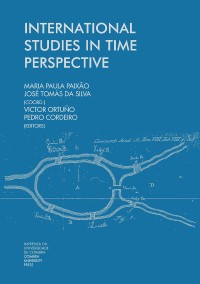Please use this identifier to cite or link to this item:
https://hdl.handle.net/10316.2/38620| Title: | Action planning fosters adoption of regular physical activity behavior among low-control individuals with high intention | Authors: | Chamberland, Pier-Eric Miquelon, Paule |
Keywords: | physical activity;action and coping planning;intention;perceived behavioral control | Issue Date: | 2013 | Publisher: | Imprensa da Universidade de Coimbra | Journal: | http://hdl.handle.net/10316.2/38604 | Abstract: | This study aims to document how action planning (AcP) and coping planning (CP) (Gollwitzer, 1999) combines with the intention and perceived behavioral control (PBC) variables (Ajzen, 1991) to predict physical activity (PA) behavior. It was hypothesized that: 1) intention and the use of planning would each have a main effect on PA behavior, 2) AcP, with or without CP, would be useful to individuals with low PBC if their intention was high. In a quasi-experimental prospective design, 122 individuals were asked to engage regularly in PA for the 5 following weeks with the help of AcP alone, AcP and CP, or no planning at all. TPB variables and past month PA behavior were measured at T1 and frequency of PA was measured at T2. Results of an ANCOVA 2 (low vs high intention) X 3 (no planning, AcP, AcP + CP) X 3 (low, average or high PBC), which controlled for the infl uence of past behavior, revealed a main effect of intention and a signifi cant interaction between intention, planning and PBC. Simple effects analysis demonstrated that AcP alone improved PA frequency among low PBC individuals with high intention. Limits of the design as well as conceptual implications are discussed. | URI: | https://hdl.handle.net/10316.2/38620 | ISBN: | 978-989-26-0668-2 978-989-26-0775-7 (PDF) |
DOI: | 10.14195/978-989-26-0775-7_16 | Rights: | open access |
| Appears in Collections: | International studies in time perspective |
Files in This Item:
| File | Description | Size | Format | |
|---|---|---|---|---|
| action_planning_fosters_adoption_of_regular_physical.pdf | 3.86 MB | Adobe PDF |  |
Items in DSpace are protected by copyright, with all rights reserved, unless otherwise indicated.
